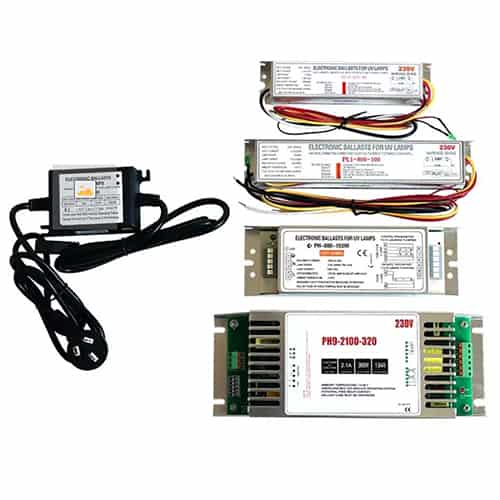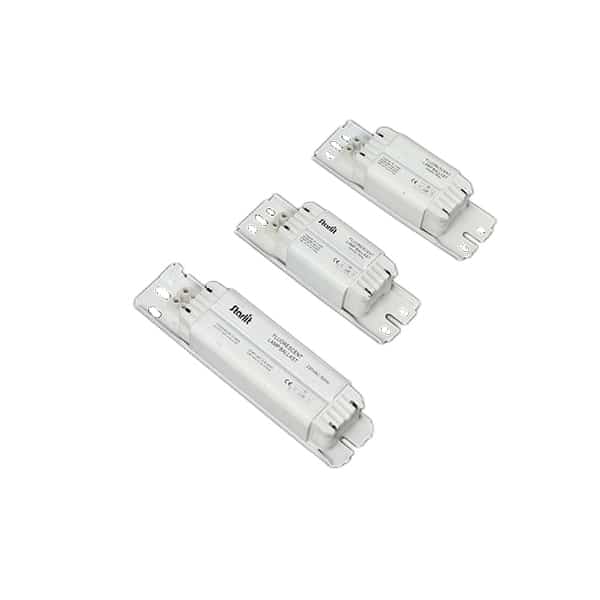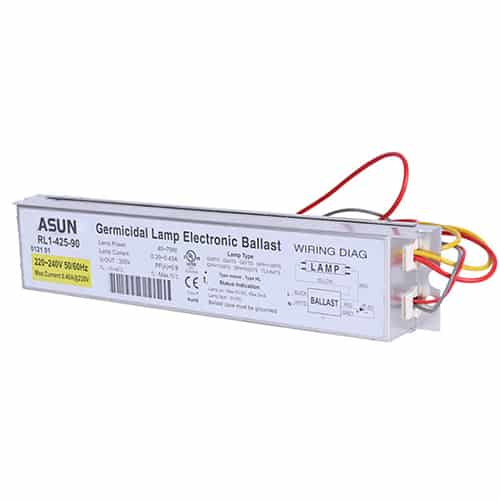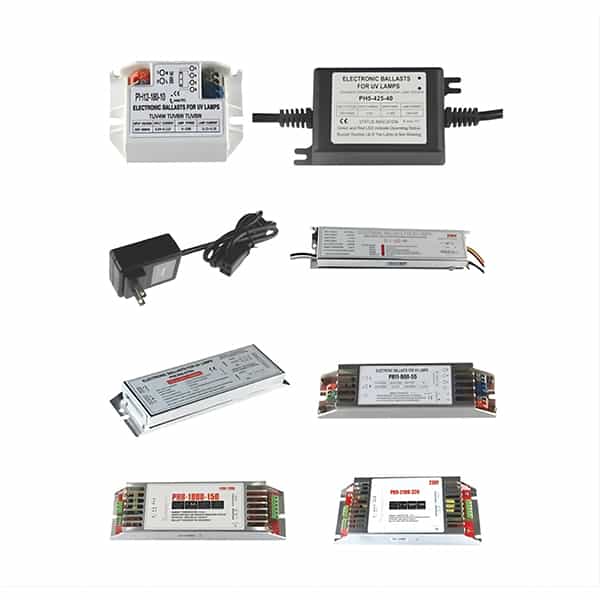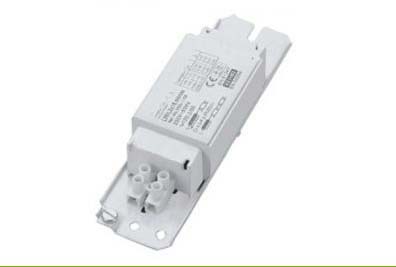In the realm of fluorescent lighting, there’s always buzz around terms like T8 and T12. Especially when it comes to the topic of interchangeability. For professionals and hobbyists alike, understanding these terms can spell the difference between efficient lighting and potentially costly mistakes.
At a basic level, T8 and T12 refer to the diameter of the fluorescent tubes, but when it comes to their ballasts, interchangeability is not always straightforward.
Stick with me, as we delve deep into this subject, clearing myths, and presenting facts, informed by our extensive experience at James Lighting.
What are the fundamental differences between T8 and T12?
Before diving into interchangeability, it’s crucial to understand the foundational differences. T8 tubes are 8/8-inch (or 1 inch) in diameter, whereas T12 tubes are 12/8-inch (or 1.5 inches) in diameter. This difference in size translates to several performance characteristics.
T8s are generally more energy-efficient and have a longer lifespan than T12s. This is due to technological advancements and the drive towards more energy-saving lighting solutions in recent years.
Does the ballast type matter?
Absolutely. The ballast is the heart of a fluorescent fixture, regulating current and ensuring smooth operation. Magnetic ballasts were traditionally used for T12 tubes, while electronic ballasts have become the norm for T8 tubes.
Because of this distinction, directly swapping T8 tubes into a fixture designed for T12s without considering the ballast can result in inefficiency or even damage. It’s more than just a game of sizes; it’s about technology compatibility.
Can you use a T8 ballast with a T12 tube?
This is where things get intriguing. While some electronic ballasts are designed to be compatible with both T8 and T12 tubes, it’s not a universal truth. Using a T8 ballast with a T12 tube can result in reduced lifespan and potentially uneven lighting.
Conversely, a magnetic ballast meant for T12 might not efficiently drive a T8 tube, leading to flickering or sub-optimal performance. The key lies in ensuring the ballast’s specifications match the tube’s requirements.
Are there any retrofit kits available?
Given the industry’s shift towards T8s for their efficiency, many facilities look to upgrade their old T12 fixtures. Thankfully, retrofit kits are available that allow T12 fixtures to accommodate T8 tubes. These kits often include electronic ballasts suitable for T8 tubes.
Such retrofitting not only ensures compatibility but can also result in energy savings of up to 40%. However, it’s essential to ensure that any retrofitting is done professionally to maintain safety and performance standards.
Why is the industry moving away from T12s?
With advancements in lighting technology and an increased emphasis on energy efficiency, T8 tubes and their electronic ballasts have become industry favorites. Their reduced diameter allows for a more compact design, and they generally offer better color rendering.
Additionally, many manufacturers, including us at James Lighting, have stopped or reduced production of magnetic ballasts for T12 tubes. This shift is due to both demand and regulatory measures aimed at promoting energy-efficient lighting solutions.
What about cost implications?
Transitioning from T12 to T8 can indeed involve upfront costs, especially if retrofitting is involved. However, the long-term savings due to reduced energy bills and fewer replacement costs can offset this.
Furthermore, with many utilities offering rebates for transitioning to energy-efficient lighting, the initial costs can be further mitigated. It’s a classic case of spending now to save later.
What should I consider if I decide to switch?
If you’re contemplating making the switch, here’s what you should bear in mind: First, ensure that the ballast is compatible with the tube type. Secondly, consider professional installation, especially if retrofitting is involved.
Lastly, always choose quality products. At James Lighting, we emphasize the importance of quality, ensuring our customers receive products that offer both performance and longevity.
Conclusion
While T8 and T12 tubes might seem interchangeable at first glance, the nuances of their ballasts make all the difference. Ensuring compatibility is crucial for optimal performance, safety, and efficiency. As the industry continues to evolve, staying informed can help in making the right lighting decisions.

